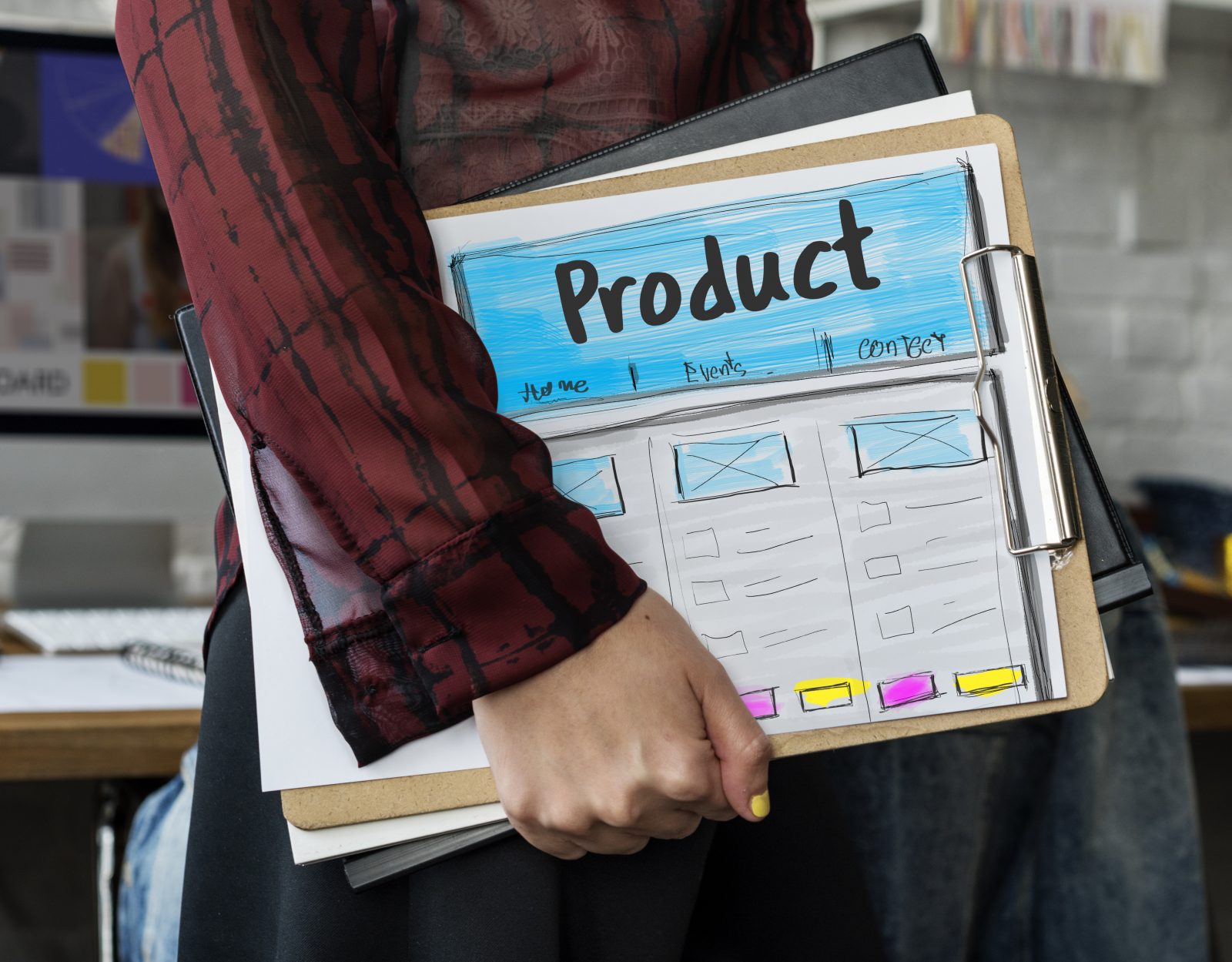I could list way more than 5 things, but it would take too long to read! So here is a short list of the top five things I have learned as a product designer over the years.
1. Design for manufacture from the outset.
Designing a product with manufacturing methods and materials in mind from the offset can save clients huge sums of money. A senior product designer will have experience of working closely with factories to develop viable products. An amazing, futuristic concept won’t always be thought through or manufacturable, and so, employing the services of a product design consultant from the offset will help to ensure a larger profit margin once the product is launched to market.
2. Don’t protect your idea with a patent too quickly.
Don’t patent your design too early in the design process, or before you approach a designer or a factory. More often than not talks with a designer, or a potential manufacturing partner will result in changes to the design, however small, but changes that can render the original patent application invalid! Instead, have a solid NDA written up (there are lots of free templates available on google to use as a starting point) and engage the services of a designer early on in your product design journey. That way you can ensure your product is well developed before you seek further protection in the form of a patent.
3. Iterative prototyping is vital to the product development process
I often explain to my clients, that design is an iterative process. There are steps to go through, and often each step is dependant on the latter to be complete before the product is fully developed and ready for market. Prototyping plays an important part in the development of a tangible product. With each prototype, the product is usually developed and ‘tweaked’ slightly, either in aesthetics or function, and this is then followed by another prototype. The first prototypes will be quick rough and ready models to test size, shape and function. As the product is further developed the prototypes will become more and more refined until they really start to look and feel like the final product. You can find more information on the types of prototypes available in this earlier blog post Prototyping, what is the point?
4. A story really helps to sell your product.
A good story can really help you to market your product and can help gain great momentum once it is launched. What is your background, where did the idea come from, what hurdles have you had to jump through to get to where you are? For example; A product that is made from recycled material doesn’t have as much as a story as that of a product made from recycled plastic bottles that have been collected from river banks in Bali. Are you an expert in your area of expertise and spotted a flaw with the current products available in the market and so set about to make your own? Using a story to help market your product is a great way to boost revenue.
5. Textile prototypes have limitations
The term ‘Soft products’ describes textile goods such as backpacks, luggage, baby bouncers, wallets and purses etc. Similar to hard products, textile designs also need prototyping to test the design. The first few prototypes won’t be made using production materials, they will be constructed to test size, shape and function from cheap fabrics. That way it won’t cost the earth to try out a few different ideas. The closer to manufacturing the product gets, protptype fabrics closer to the final materials will be used. But it is important to remember that the true materials, stitches and finishes won’t be final until the first products roll off the production line. These first few production products are often referred to as “first off’s” or “factory prototypes”. These prototypes will give the final look and feel of your textile product.
To summarise
It is a hard journey to bring a product to market, and not all great ideas make it. But when you succeed, seeing your product in a store, either physically on a shelf or online, and seeing the first orders roll in, is one of the most rewarding feelings in the world.
If you feel you would like to engage a product design consultant to help you with your product design journey please do get in touch for a few consultation, I would be happy to help. rebecca@bluedotsdesign.co.uk
